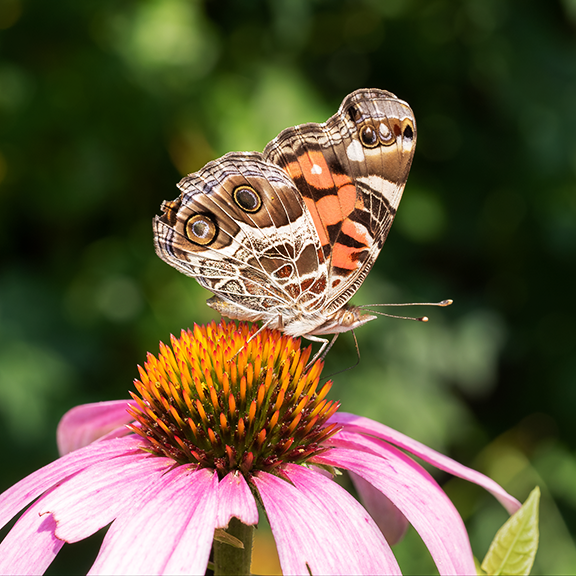

Crazy thought, but what if it differed by industry? Something like blue collar jobs get Monday off, white collar gets Friday off. That way office workers can for example more easily stay home to get their cable serviced and plumbers can more easily meet with a mortgage agent. Obviously because of overlap it’s not perfect (office workers can’t meet with mortgage agent, plumbers can’t get their cable serviced), but there’s a huge issue currently with people working 9-5 M-F being unable to access services that are also only available 9-5 M-F, so this would at least distribute things a little more. (This kind of thing already exists for some industries like restaurants, where W-Su workweeks are common)







Unfortunately Idaho has really incredible geology and ecology. The panhandle is nestled in a beautiful mountain range with lush pines and scenic towns like Wallace and Sandpoint. The southern regions have their gems too: Craters of the Moon for instance is one of the best western parks you’ve never heard of. Idaho is a gorgeous state, and it’s a complete shame how insane “libertarian” politics have turned it into a horror show.